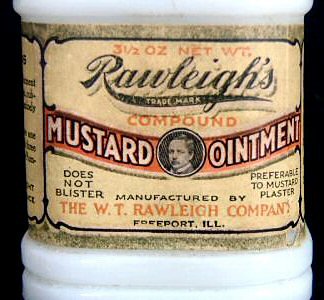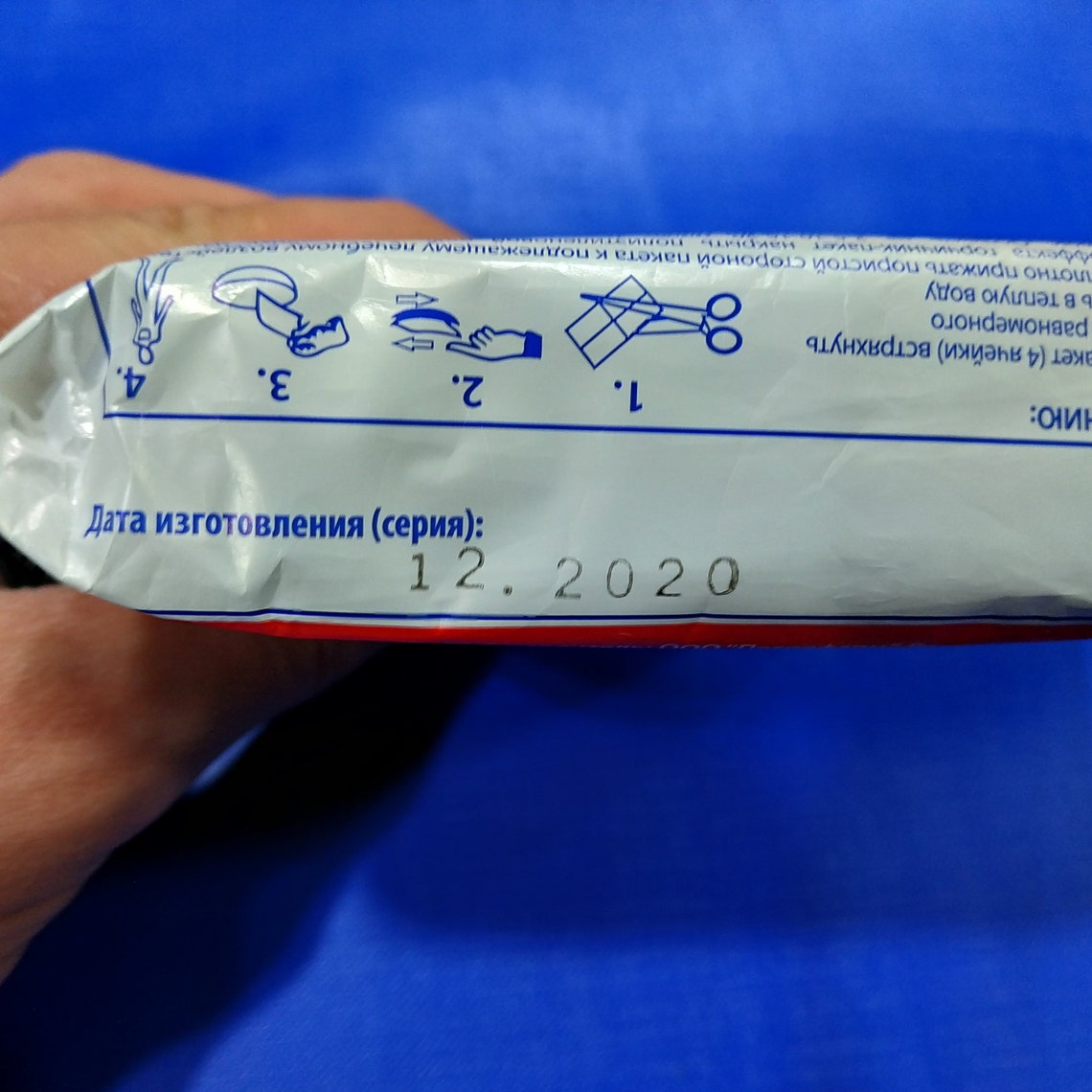

The use of arsenic for skin cancers was a prevalent "quack" treatment. Poultice and plasters could also feature sinister components. A memoir by Navy admiral Reginald Bacon, published in 1925, told of one crew, injured in pursuit of a slavers vessel, who had been reduced to “poulticing the wounds of those who survived with ship’s biscuits, soaked in cocoa, bandaged on with strips torn from such clothing as they could spare”. A similar starch poultice was recommended in 1903 for removing scabs from the head before applying ointment, while “Annette” was told to put a starch poultice made with bran water on painful sunburn in 1905. made by moistening bran with vinegar and heating it”.Ī “Women at Home” page in 1934 contained two poultices for “obstinate skin trouble”: one made by mixing powdered starch and boracic powder with hot water, and the other by sprinkling a layer of powdered charcoal on a linseed or bread poultice. In 1923 came less-addictive solutions for aches and pains: “a bag of hot salt” or “a vinegar and bran poultice. Advice in 1909 for lumbago included: “When a bad attack comes on there is nothing for it but to keep warm in bed, and the pain may be relieved by applying hot poultices, if possible, sprinkled with laudanum.” The heat of a poultice was used to relieve pain, sometimes with assistance from pharmaceutical ingredients.

Cold water and oatmeal were also recommended: “The cooling properties of the oatmeal help to draw the fire from the burn, whilst its soothing properties heal it.” Readers in 1916 were told “a poultice made of raw potatoes finely scraped and saturated with cold-drawn linseed oil” could be applied to burns and scalds, “if the skin is broken”. A sore throat could be poulticed with onions, or “the mealy part of roasted potatoes spread on flannel, and placed on the throat as hot as could be borne”. Other common household ingredients were also employed. The pain may be relieved by applying hot poultices, if possible, sprinkled with laudanum One reader was prescribed this combination following a dog bite, another to reduce inflammation in a child’s arm after a vaccination. The antiseptic boric acid was often added onto bread poultices. One “household hint” for neuralgia in 1922 was: “Apply an ordinary bread poultice, as hot as can be borne, to the affected parts.” Dog bite

“If a soft corn is inflamed it must be poulticed with a little bread and water at night, reader “Pansy” was told in 1904. Boils and lumps were to be poulticed with very hot linseed meal and turpentine, or resin ointment, until they burst then washed out and dressed.Īnother favourite application was wet bread. Suggested additions to the linseed mush included glycerine to make it “more soothing”, or “a little mustard” to soothe stomach cramps. Hot linseed poultices were also recommended for ingrown toenails, swellings, cramps and insect stings, and to draw out pus and poisons. Ten to fifteen minutes is the usual time for this poultice to be applied to the skin, and when it is removed a little olive oil should be applied.” If a more drastic mustard “leaf” is required, reduce the quantity of flour or omit it altogether. Spread the paste thickly on brown paper, and cover with gauze, turning up the paper edges all round to keep it in place. “Another idea is to take equal parts of mustard and ordinary household flour, work these into a paste with tepid water (hot water takes much of the virtue out of the mustard). Carry the poultice to the patient between two plates which have been thoroughly warmed. Made of linseed meal and mustard (generally three parts of the former to one of the latter) and put between two layers of flannel, it is most efficacious, since it can be placed against the skin when very hot and so retain its heat longer.

#Mustard plaster for back pain how to
Poultices were almost a disregarded treatment in 1930 when "A Woman Doctor" reminded Irish Times readers of their value in an article on How to Gain and Retain Good Health: "The poultice is not very commonly used now, but is good for checking an incipient chest or throat cold, and also for relieving acute indigestion.


 0 kommentar(er)
0 kommentar(er)
